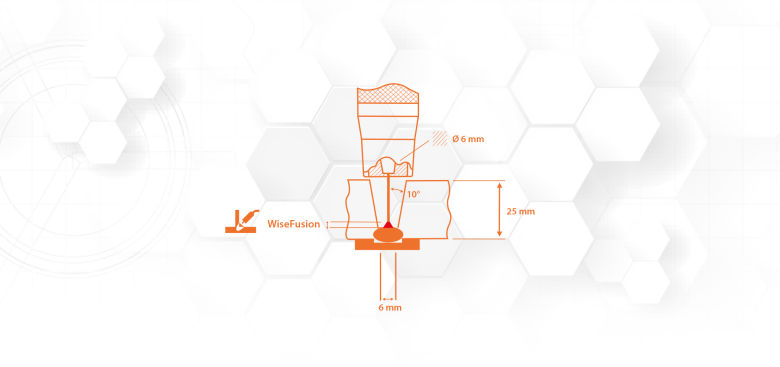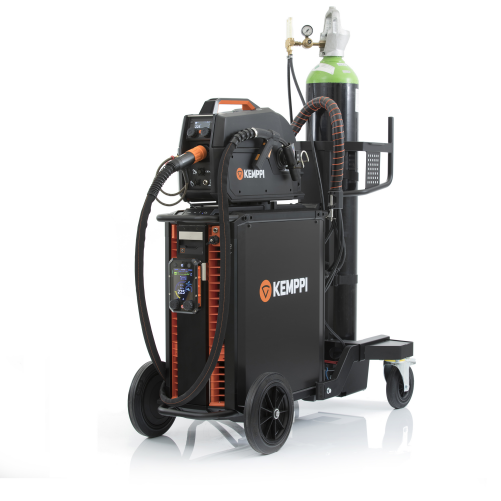Challenge: Are demanding tasks eating up your profits?
The conventional narrow gap welding can be applied with most welding processes, but it has its disadvantages: It requires exceptional skills from welders and is practically impossible without special equipment. In addition, setting up these systems is time-consuming and therefore reasonable only with very thick materials.










